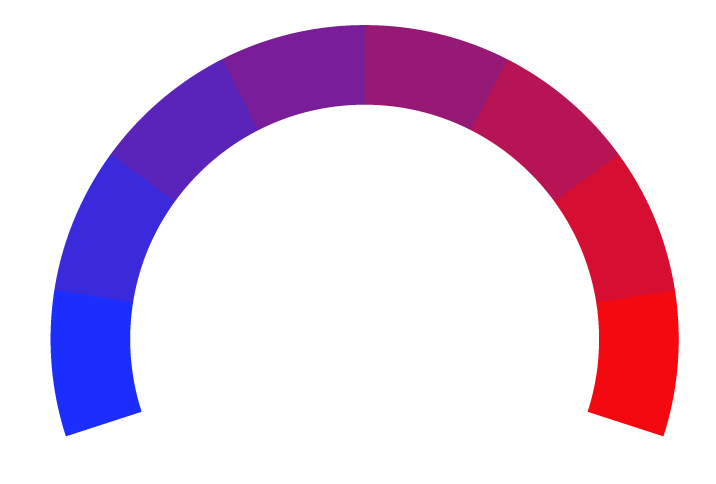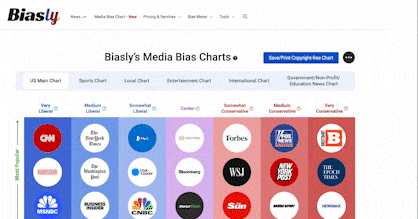How Florida fixed its vote-counting problem after the 2000 election
- Bias Rating
- Reliability
95% ReliableExcellent
- Policy Leaning
28% Somewhat Right
- Politician Portrayal
-50% Negative
Continue For Free
Create your free account to see the in-depth bias analytics and more.
By creating an account, you agree to our Terms and Privacy Policy, and subscribe to email updates.
Bias Score Analysis
The A.I. bias rating includes policy and politician portrayal leanings based on the author’s tone found in the article using machine learning. Bias scores are on a scale of -100% to 100% with higher negative scores being more liberal and higher positive scores being more conservative, and 0% being neutral.
Sentiments
-5% Negative
- Liberal
- Conservative
| Sentence | Sentiment | Bias |
|---|---|---|
Unlock this feature by upgrading to the Pro plan. | ||
Reliability Score Analysis
Policy Leaning Analysis
Politician Portrayal Analysis
Bias Meter
Extremely
Liberal
Very
Liberal
Moderately
Liberal
Somewhat Liberal
Center
Somewhat Conservative
Moderately
Conservative
Very
Conservative
Extremely
Conservative
-100%
Liberal
100%
Conservative

Contributing sentiments towards policy:
57% : In a 2001 report, Jon L. Mills of the University of Florida Levin College of Law called the new rules "a vast improvement" and said the law "may in many ways be a nation-wide model.54% : "Other states ought to look at this as a model, because if there is another close election in another state, I guarantee you that they will not be able to withstand the incredible scrutiny that occurred in Florida.
54% : Per state law, counties can begin processing mailed-in ballots up to 25 days before Election Day.
53% : Many of these changes have come in the form of state mandates and have included spending taxpayer money on new voting machines and additional training for local election officials.
53% : Even so, Olson says, making sure elections run well is a core responsibility of state governments, and what Florida has done over the past two decades is worth emulating.
48% : Roy Saltman was an analyst working for the National Institute of Standards and Technology when he published a 132-page report in 1988 highlighting some of the potential problems with the widely used punch-card voting machines that played a starring role in the Florida fiasco.
47% : In places where policies required vote counting to stop overnight and begin again the day after the election, that was offered as evidence of malfeasance.
44% : The Election Reform Act of 2001 banned the use of punch-card voting machines and required the secretary of state (rather than county-level elections officials) to have the final say over which kinds of voting machines could be used in the future.
42% : Unfortunately, this is hardly ever a priority for state governments.
*Our bias meter rating uses data science including sentiment analysis, machine learning and our proprietary algorithm for determining biases in news articles. Bias scores are on a scale of -100% to 100% with higher negative scores being more liberal and higher positive scores being more conservative, and 0% being neutral. The rating is an independent analysis and is not affiliated nor sponsored by the news source or any other organization.






















 Reason
Reason